Health Canada Asked Pfizer For DNA Fragments Size In COVID Shots, Linked To 'Probability' Of Genomic 'Integration'
Authored by Noé Chartier via The Epoch Times (emphasis ours),
Canada’s drug regulator asked Pfizer to provide data on the size of DNA fragments in its COVID-19 vaccine, due to genomic integration concerns, shortly after learning the pharma giant withheld information on DNA sequences contained in its product.
“Concerning the residual plasmid DNA in the drug substance, provide data/information characterizing [...] the size distribution of the residual DNA fragments [and] residual intact circular plasmid,” says a request for clarification Health Canada issued to Pfizer on Aug. 4, 2023.
 A sign is displayed in front of Health Canada headquarters in Ottawa in a file photo. (Sean Kilpatrick/The Canadian Press)
A sign is displayed in front of Health Canada headquarters in Ottawa in a file photo. (Sean Kilpatrick/The Canadian Press)
The information was released as part of records obtained through an access-to-information request. It shows, in part, that a Health Canada official was keeping the department’s counterparts in the United States and Europe apprised of the department’s interactions with Pfizer, in a bid to harmonize the regulators’ approaches regarding the recently discovered DNA fragment impurities.
“As you are aware, the fragment size is related to the probability of integration, and the WHO guidance assumes a fragment size of generally less than 200 bp,” Dr. Dean Smith, a senior scientific evaluator in Health Canada’s Vaccine Quality Division, wrote in an October 2023 email to counterparts at the U.S. Food and Drug Administration (FDA) and the European Medicines Agency (EMA).
DNA plasmids are used in the manufacturing process of mRNA vaccines and residual elements are supposed to be cleaned out below a certain threshold. Pfizer said DNA in its products is below the 10ng/dose guideline established by the World Health Organization (WHO) and followed by Health Canada, according to the official records.
This assertion has been challenged by independent scientists, who found quantities of DNA in the vaccines to be above the threshold. They have also found the DNA fragments are larger than 200 base pairs (bp).
Virologist Dr. David Speicher, who has studied Canadian mRNA vials, told The Epoch Times the average size of fragments his study found is 214 base pairs (bp), with some as large as 3.5 kilobase (kb).
While small fragments frequently integrate spontaneously into the genome, these mutations are stopped through either DNA repair mechanisms or cellular death, Dr. Speicher said.
“Larger fragments are much more problematic, especially if attached to an SV40 enhancer, because they can integrate into the genome where they can get transcribed and then translated into proteins,” he added. Independent scientists like Dr. Speicher found the undisclosed SV40 enhancer in Pfizer shots, a piece of biotechnology used to drive gene expression.
Depending on the DNA fragment size, it can produce functional or aberrant proteins, Dr. Speicher explains. “These proteins can affect cellular metabolism, an immune response, as well as an increased risk for cancer. The risk of integration and associated health problems increases with the number of shots.”
The Florida State Surgeon General Dr. Joseph A. Ladapo has called for a halt of mRNA shots, citing concern about these risks. Dr. Philip Buckhaults, professor of cancer genomics and director of the Cancer Genetics Lab at the University of South Carolina, has initiated a study to investigate the risks.
Health Canada has not studied those risks, but told The Epoch Times last summer “the presence of residual plasmid DNA in the mRNA COVID-19 vaccines does not change the safety assessment of these vaccines.”
Seeking Clarifications
Despite providing this answer to media in the summer of 2023, Health Canada scientists were privately discussing working with international partners to have Pfizer remove DNA fragments and SV40 sequences from its vaccines and they prepared several requests for clarification to the company.
In an August 2023 email to a colleague providing information to relay to Pfizer, Health Canada senior biologist evaluator Dr. Michael Wall said his department would “continue to work with international regulatory partners to achieve harmonization regarding removal of these sequence elements from the plasmid for future strain changes.”
Records show Health Canada was blindsided by the presence of undisclosed genetic substances in the Pfizer-BioNTech vaccines, almost four years after the initial emergency authorization.
After Pfizer filed its submission for the authorization of its updated Omicron XBB.1.5 shot on July 21, 2023, Health Canada sent the company several Quality Clarifax—requests for additional information if deficiencies are identified in drug submissions—with the first one dated Aug. 4, 2023.
Regarding the residual plasmid DNA in the COVID-19 vaccines, Health Canada asked Pfizer to provide data on the size distribution of the DNA fragments and on residual intact circular plasmid.
Pfizer said this data was “not readily available and will require time to generate,” in a response on Aug. 11, 2023. The pharma giant added that Pfizer, the drug sponsor, and BioNTech, the manufacturer, had not been previously requested to provide this data across global markets.
Pfizer committed to provide the data by Dec. 1, but the response is not captured in the information package released under the access-to-information regime.
In a subsequent request for information sent on Aug. 22, 2023, Health Canada noted Pfizer’s commitment to provide the information and added a request by asking Pfizer to address “whether the residual DNA plasmid is capable of replication in bacteria.”
Virologist Dr. Speicher, commenting on the agency’s request, noted that plasmids need to be circular to be replicated in a bacterial host, and that fragments can’t do so.
“So if they were intact circular plasmids and injected, they could be taken up by our host bacteria, especially in the gut,” he said. “If the plasmid could propagate in bacteria into our body it could lead to a bacterial spike factory and drive kanamycin/neomycin resistance.”
“This would cause an increase in antibiotic resistance of the bacteria including pathogens and increase spike production, and we know that spike is toxic on so many levels,” he said.
Dr. Speicher added that Pfizer should have tested for this before putting its products to market. The fact that it did not have the data indicates it did not test for it, he said.
SV40 Enhancer
The request for information that Health Canada sent to Pfizer mainly focused on the presence of the Simian Virus 40 (SV40) enhancer-promoter in the Pfizer-BioNTech shots.
Health Canada and other regulators like the FDA and EMA were not aware of its presence, since Pfizer “chose not to” disclose it, according to a separate email from Health Canada scientist Dr. Smith.
Many sections of the Clarifax are redacted under the Access to Information Act, with reasons such as content containing proprietary information or which could lead to a material gain or loss for a third party, in this case Pfizer and BioNTech.
The information disclosed shows that Health Canada challenged Pfizer on SV40 and asked for a “justification for the SV40 regulatory elements in the plasmid.”
Pfizer responded that the “SV40 regulatory region sequences [redacted] in the submission since this [redacted] is relevant neither for plasmid production in E. coli nor for production of mRNA.”
This is the position that has been adopted by Health Canada. In response to questions by the media and parliamentarians, the regulator has stated the SV40 enhancer-promoter is “inactive” and has “no functional role.”
But Pfizer and Health Canada have not addressed why the SV40 enhancer-promoter is present in the vaccine if it is not used in the production of mRNA and has no functional role. Genomics expert Kevin McKernan has questioned this when faced with responses from regulators.
Mr. McKernan made the initial DNA and SV40 fragments discovery and published his study in April 2023. His pre-print paper on the matter appears twice in the Health Canada information package released via access-to-information.
Mr. McKernan has pointed out that regulators could have discovered the SV40 sequences themselves had they run the plasmid through a computer annotation tool.
“If you ever used plasmid annotation tools, they annotate everything on the map and they don’t leave anything unannotated,” he told the International Covid Summit in February.
He provided his assessment to the summit of why Pfizer went this route. “They’re hiding the fact that this tool [SV40 enhancer] is used as a gene therapy tool and would classify their system as a gene therapy,” he said. “Because it’s a nuclear targeting sequence it moves DNA directly to the nucleus within hours in all cell lines.”
The American Society of Gene and Cell Therapy (ASGCT) classifies the mRNA injections as gene therapy, whereas Health Canada does not.
“The mRNA from the vaccines does not enter the cell nucleus or interact with the DNA at all, so it does not constitute gene therapy,” said Health Canada in a response to a parliamentarian on Dec. 13. The ASGCT also says the mRNA doesn’t alter the “recipient’s generic material” and is only present in the body “transiently.” However, because the vaccine introduces “new genetic material into cells for a short period of time to induce antibodies,” the American organization considers it gene therapy.
Pfizer said in a response to the Aug. 4 Health Canada request for information that the “SV40 promotor/enhancer DNA does not contain known oncogenes, infectious agents, or regions that could lead to functional transcripts, the DNA does not present any specific safety concerns.”
Health Canada also said in a document tabled in Parliament in March that “any claims the presence of the SV40 promoter enhancer sequence is linked to an increased risk of cancer are unfounded.” Health Canada itself has not studied the risks.
‘Drive Gene Expression’
A senior Health Canada’s scientist’s view on the role of SV40 fragments is captured in an Oct. 26 email written in response to questions from Chief Medical Officer Dr. Supriya Sharma.
Dr. Tong Wu of Health Canada’s Vaccine Quality Division responded that the “SV40 promoter enhancer is widely used to drive gene expression in mammalian cells.” He added, however, that it “serves no purpose in the manufacturing of Pfizer COVID-19 vaccines.”
Dr. Wu said it was unexpected to find the sequence in the finished product, since “Pfizer did not identify the presence of SV40 promoter enhancer on the plasmid template used to produce mRNA, in their original filing.”
Dr. Wu also said that “to the best of our knowledge,” no other vaccine approved in Canada contains the SV40 sequence.
Pfizer was contacted for comment, but the company hasn’t responded to inquiries.
Matthew Horwood contributed to this report.
Tyler Durden
Tue, 04/30/2024 - 21:40
 Illustrative: Armed Forces of the Philippines via AP
Illustrative: Armed Forces of the Philippines via AP

 A truck carries containers with low-enriched uranium to be used as fuel for nuclear reactors, at a port in St. Petersburg, Russia
A truck carries containers with low-enriched uranium to be used as fuel for nuclear reactors, at a port in St. Petersburg, Russia
 (Illustration by The Epoch Times, Shutterstock, Getty Images)
(Illustration by The Epoch Times, Shutterstock, Getty Images)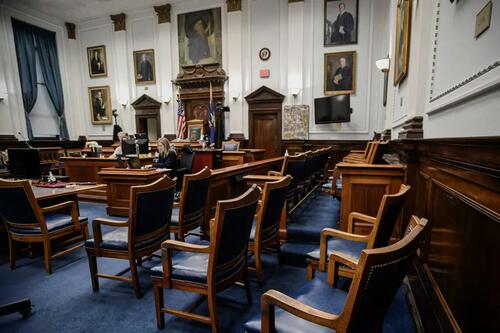 A courtroom at the Kenosha County Courthouse in Kenosha, Wis., on Nov. 17, 2021. (Sean Krajacic - Pool/Getty Images)
A courtroom at the Kenosha County Courthouse in Kenosha, Wis., on Nov. 17, 2021. (Sean Krajacic - Pool/Getty Images)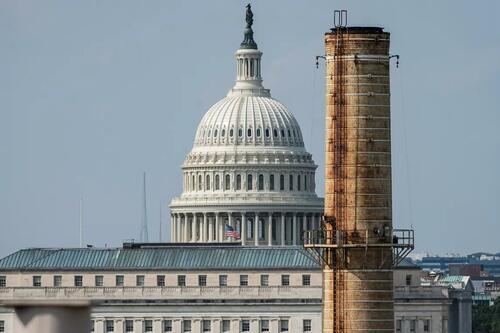 The chimney stacks of the Capitol Power Plant, a natural gas and coal burning power plant that provides steam and chilled water for heating and cooling of the congressional buildings, sits near the U.S. Capitol on Aug. 22, 2018.
The chimney stacks of the Capitol Power Plant, a natural gas and coal burning power plant that provides steam and chilled water for heating and cooling of the congressional buildings, sits near the U.S. Capitol on Aug. 22, 2018. 


 A sign is displayed in front of Health Canada headquarters in Ottawa in a file photo. (Sean Kilpatrick/The Canadian Press)
A sign is displayed in front of Health Canada headquarters in Ottawa in a file photo. (Sean Kilpatrick/The Canadian Press) Signage identifies the men’s and women’s restrooms at a business in Chattanooga, Tenn., on Jan. 13, 2023. (Jackson Elliott/The Epoch Times)
Signage identifies the men’s and women’s restrooms at a business in Chattanooga, Tenn., on Jan. 13, 2023. (Jackson Elliott/The Epoch Times)
 An ampule with Botox, with the European name "Vistabel," at a cosmetic treatment center in Berlin in this Jan. 29, 2007, file photo. (Andreas Rentz/Getty Images)
An ampule with Botox, with the European name "Vistabel," at a cosmetic treatment center in Berlin in this Jan. 29, 2007, file photo. (Andreas Rentz/Getty Images)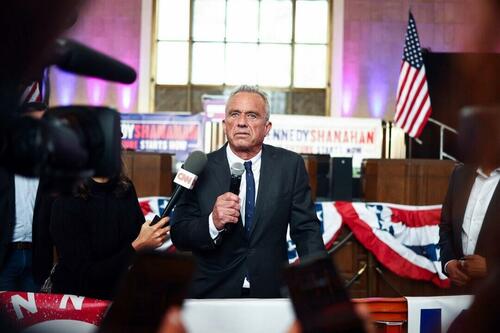




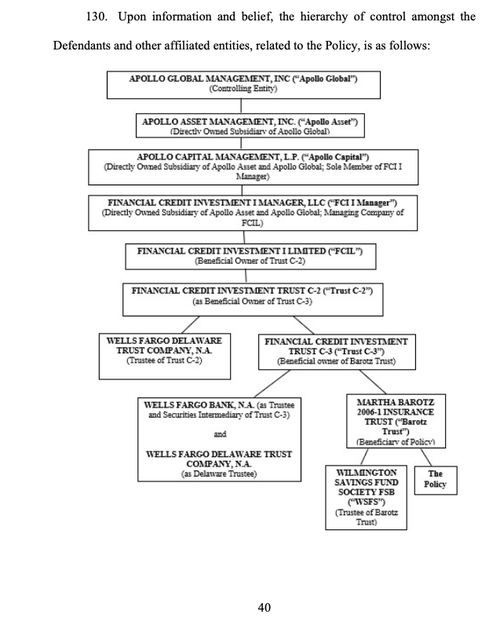



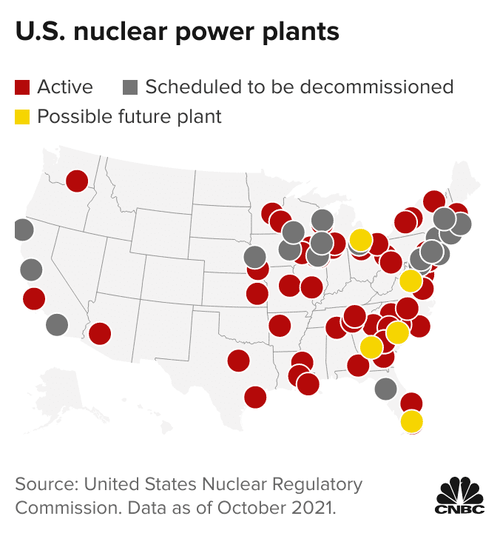



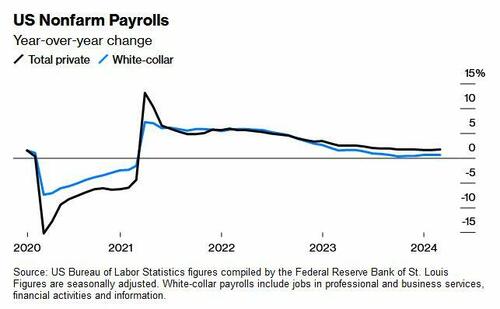
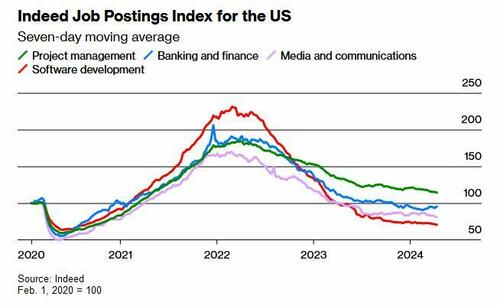
 Source: Vanguard, as of October 2023.
Source: Vanguard, as of October 2023.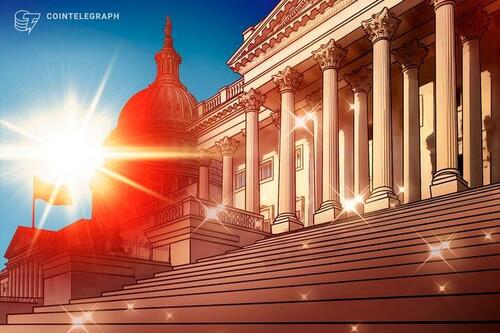

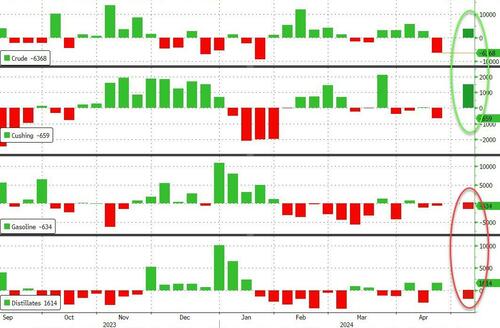
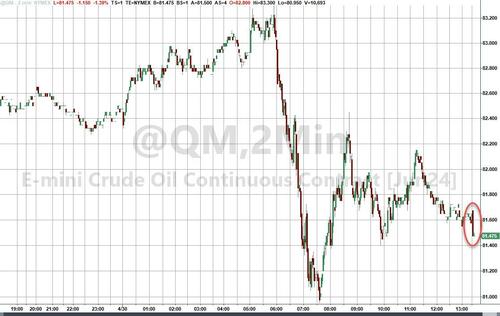
Recent comments